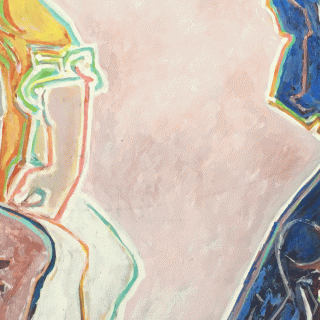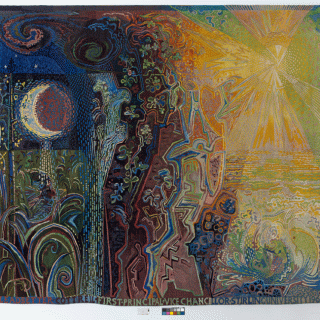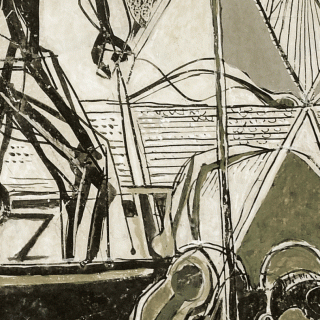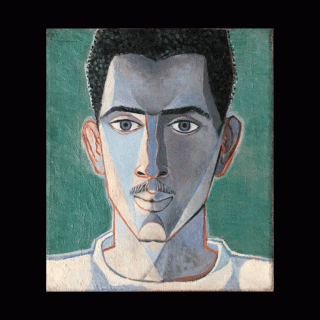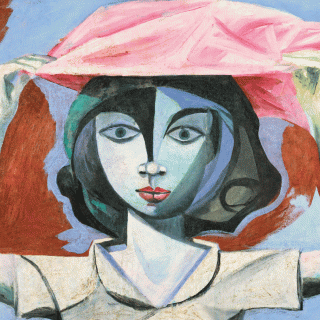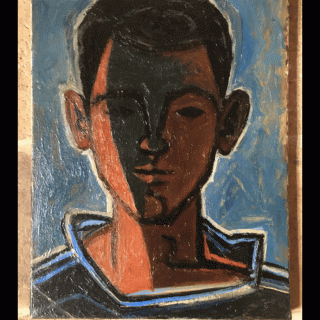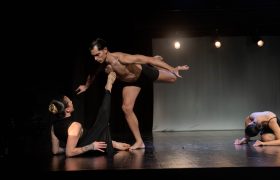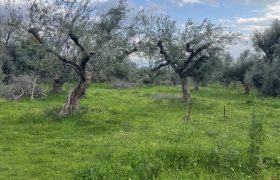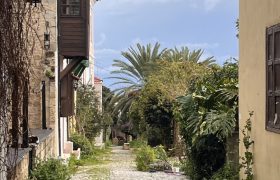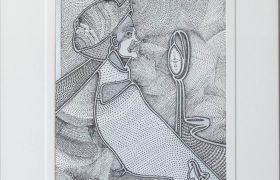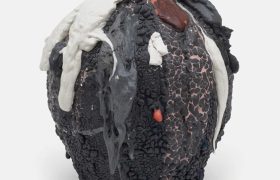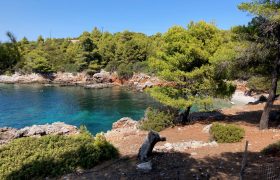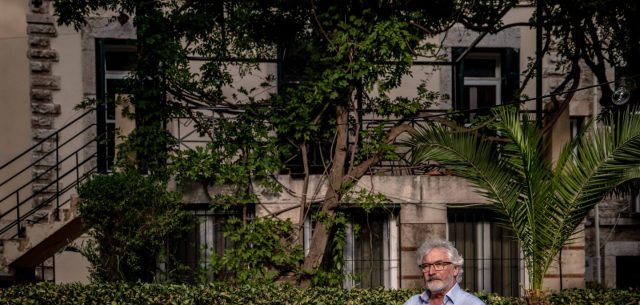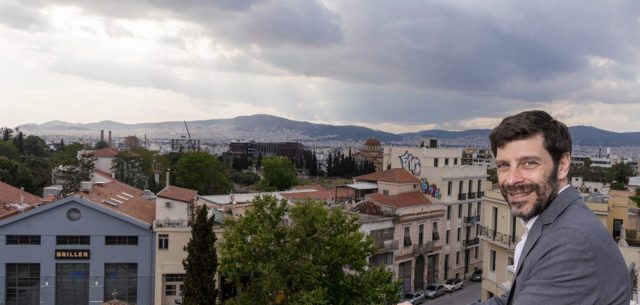A Nomad’s Soul Finds a Home in Greece: the John Craxton exhibition at the Benaki Museum
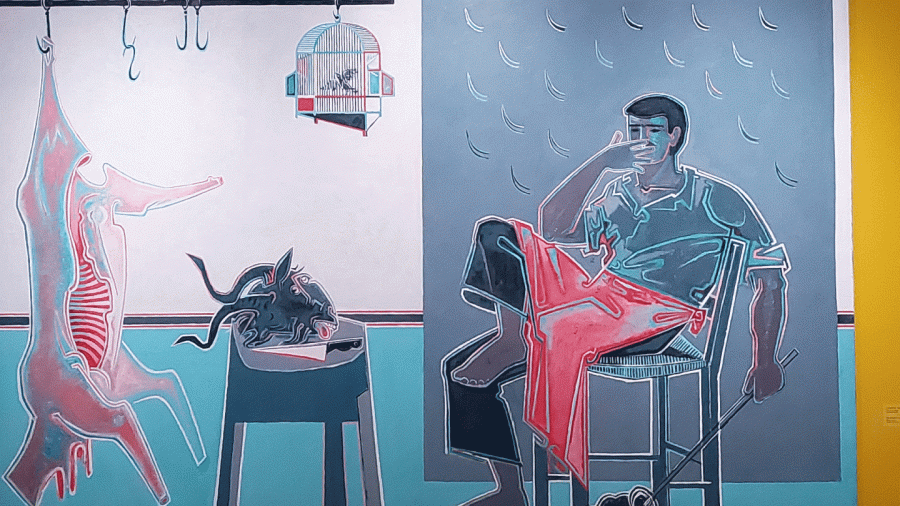
It’s hard to deny that there’s something about Greece that delights the natural born nomad’s soul, and the British painter John Craxton was no exception. Finally deserting the icy drawing rooms of post-war Britain, Craxton first arrived in Greece in 1946, aged 23, unsure what he was looking for or what he would find. He was already known for dark-hued, brooding landscapes of rural England. Those works suggested a land locked in permanent wintertime, yet his playfulness with perspective and subject matter bordering on the fantastical would become hallmarks of his later, mature style. All of this is on display at his first career-spanning exhibition John Craxton: A Greek Soul, currently at the Benaki Museum in Athens, designed by Natalia Boura and curated by Craxton’s biographer, Ian Collins.
Born in a Bohemian and musical family, Craxton seemed to have decided early he wasn’t going to follow anyone’s rules, not in art and not in life. He famously bragged later that the only exam he ever took was his motorcycle driving test. Friends said he was wedded to his motorbike, and when the Michael Cacoyannis movie Zorba the Greek was filmed in and around Chania, Crete, in the 1960s, Craxton shuttled the stars to and from the set on the back of his bike. Among his early friends and supporters was the painter Lucian Freud, who later joined him on Poros during Craxton’s first years in Greece. Craxton had travelled via Paris, where the author and noted cook Richard Olney, an American living in Paris and one of Craxton’s lovers, remembered him fondly from those days: “He moved in a bucolic dreamworld, peopled with beautiful Greek goat herders.”
In that first year in Greece, when he was living and painting largely on Poros, the change in his canvasses is unmistakable. Gone are the melancholy, cloud-choked skies, with little hint of light; instead we have bursts of color, orange, red, gold, and especially that magical Greek sky blue, which begins to appear throughout his work. He’d fallen instantly head over heels in love with the landscape, the people, the animals, a love that would last a lifetime. He was was soon making friends, not just with the kafeneio regulars in Poros, many of whom he sketched or painted, but also with noted writers and artists.
It was the painter Nikos Hadjikyriakos-Ghikas who first invited Craxton to Athens, when the former came across his work in London. The lifelong friendship formed between the two artists is one of the more significant artistic friendships of twentieth century Greece, and the circle that formed around them helped define the Greek art and literary world for decades. Among Craxton’s first friends on Poros was the poet, and future Nobel laureate, George Seferis, and its tempting to try to imagine their walks and conversations during that summer when Craxton first encountered the extraordinary light of Greece.
For over a decade, Ghikas’ home on Hydra became a central gathering place, where Craxton often visited along with the writer Patrick Leigh Fermor and his wife Joan, using it as a base to explore the islands and deepen his knowledge of Greek life and culture. When the house was tragically lost to a fire in 1961, it was Craxton who traveled to Hydra to retrieve whatever might be saved. Ghikas was too distraught, and never set for on the grounds of the ruined house again. Perhaps more than anything, the fire pushed Craxton to find a base of his own, which he did in Chania, Crete, first renting a small house on the harbor and later purchasing one.
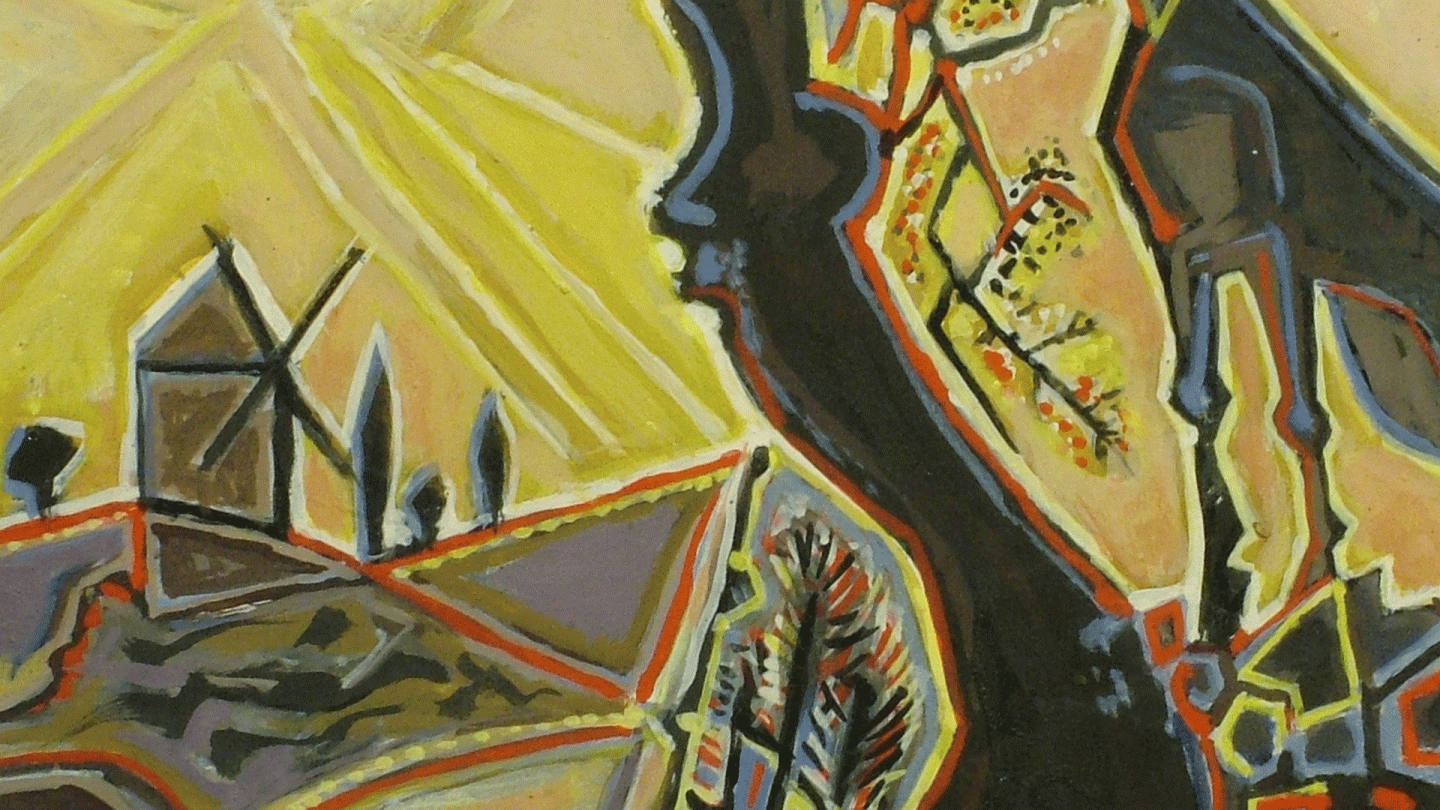 The house still stands, and thanks to Craxton’s biographer Ian Collins, was recently renovated and brought back to life. Sitting directly across from the strikingly beautiful Mosque of the Janissaries, whose dome glows pink in the evening sun, the balcony offered a commanding view of the harbor and sea beyond. In my own first winter in Chania, I lived next door, enjoying that same view. A few years later, I’d meet Collins by chance. I was sitting in a restaurant in the alleys of the Old Town when I commented on a particularly hilarious story one of the other diners was relating. The speaker turned out to be Collins, and later he told me that had I lived there just a handful of years earlier, when Craxton was still alive, I would have had the privilege to listen to many of the painter’s tales. He loved sitting on his balcony in the afternoons, Collins said, telling stories about his life to his neighbors.
The house still stands, and thanks to Craxton’s biographer Ian Collins, was recently renovated and brought back to life. Sitting directly across from the strikingly beautiful Mosque of the Janissaries, whose dome glows pink in the evening sun, the balcony offered a commanding view of the harbor and sea beyond. In my own first winter in Chania, I lived next door, enjoying that same view. A few years later, I’d meet Collins by chance. I was sitting in a restaurant in the alleys of the Old Town when I commented on a particularly hilarious story one of the other diners was relating. The speaker turned out to be Collins, and later he told me that had I lived there just a handful of years earlier, when Craxton was still alive, I would have had the privilege to listen to many of the painter’s tales. He loved sitting on his balcony in the afternoons, Collins said, telling stories about his life to his neighbors.
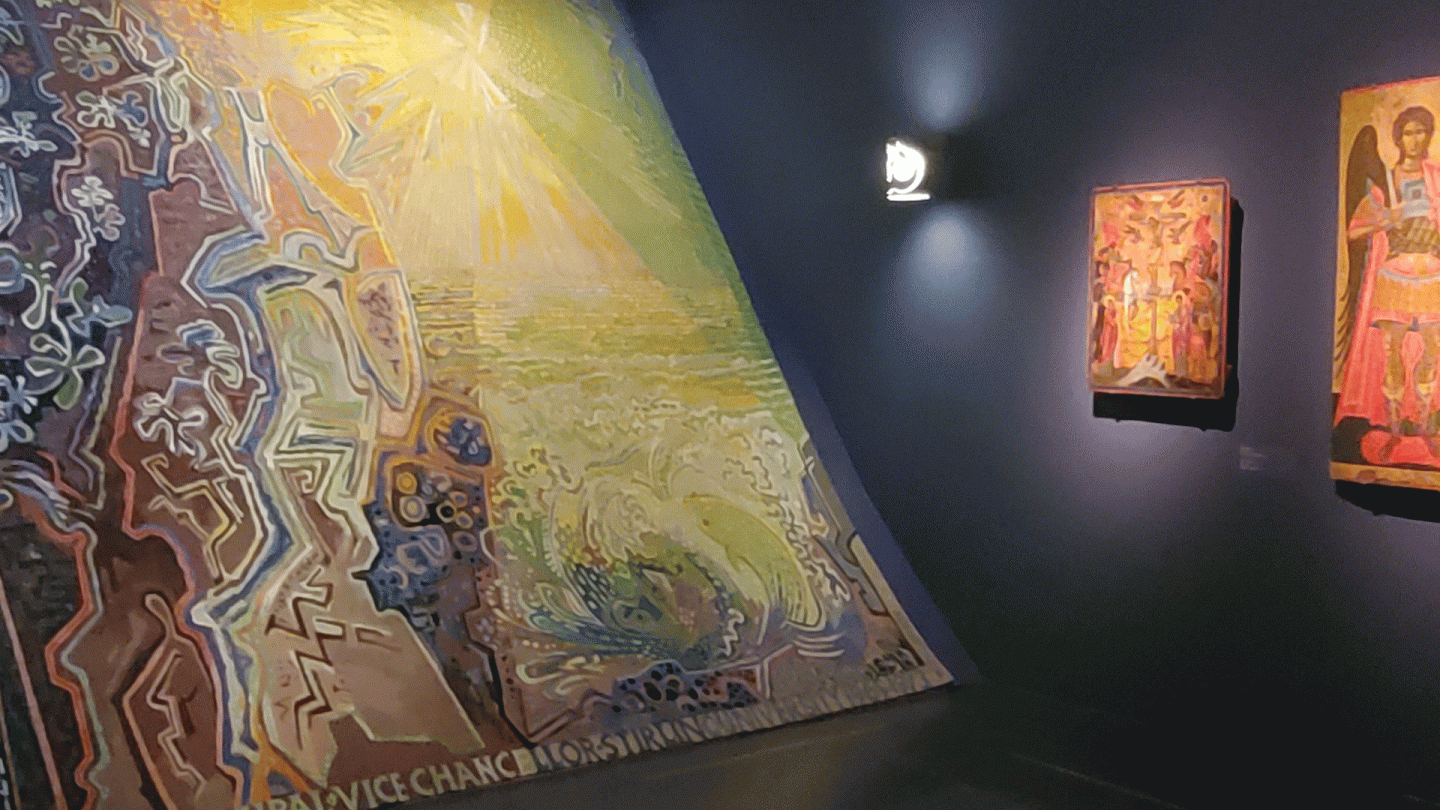
The imagery and daily life of Crete would become central to Craxton’s work, and he would find himself drawing more and more from Byzantine and Cretan church iconography. Painted in his bold style, portraits of fish mongers, butchers, humble Cretan dancers became larger than life and took on the aspect of a personal mythology. “Gradually he absorbed all the layers of creative history—sculpture from antiquity, Byzantine mosaics, Cretan icons—to embrace ancient and modern within the same ambitious picture,” writes Collins in his notes to the Benaki exhibition. “The octopus fisher leaps from Greek myth; the butcher recalls the Ancient Agora of Athens; the Cretan shepherd in combat with nature relates to wild bull capture depicted on Minoan inspired gold cups from a royal tomb in Sparta.”
Among the many highlights of the exhibition is the grand scale tapestry Landscape with the Elements, woven by Edinburgh’s Dovecote Studios and created by Craxton during his exile from Greece during the Junta years. Light balances with dark, night with day, sea with land, in this extraordinary impressionistic landscape and ode to his beloved Greece. Craxton was often getting into trouble with the authorities. One story has him openly mocking goose-stepping Greek soldiers as they marched along Chania’s harbor. He was instrumental in saving the Old Town when Chania’s 1960s mayor, along with developers, hatched a plan to raze the Venetian and Ottoman old city to the ground and backfill the harbor. With other locals, he traveled to Athens to warn the authorities, and helped get the destruction stopped.

As Collins writes, Craxton “scorned the art world” and all that came with it—the exhibitions, the reviews, the glamorous openings. Indeed, he would often leave paintings unfinished, having lost interest or having been taken up with a new idea. Much of his most well known work early on were his painting for book covers such as Fermor’s exquisite travel books or Xan Fielding’s account of World War Two Crete The Stronghold. “[The paintings’] message, and paradox,” writes Collins, “is that he much preferred life to art: Greek life most of all.” Though he died in London, he asked to have his ashes scattered in the harbor in his beloved Chania. In October, after the exhibition closes at the Benaki, it will move to Chania’s Municipal Gallery, and later to London. One of the great spirits of the post-war art world in Greece and Britain, he is finally gaining the attention that all his life he ran from. It’s hard not to imagine that he would either laugh at the sudden interest, or turn his back on it all and walk away.
Ranbir Sidhu is the author of Deep Singh Blue and Good Indian Girls. Twitter: @Ranbir_S_Sidhu (https://twitter.com/Ranbir_S_Sidhu)

